Pham Manh Hung
The size of the South Korean economy increased from 4 billion USD in 1960 to 1,800 billion USD in 2021, among the top 10 largest economies in the world . What did they do to achieve that feat?
Once backward and indifferent to technology
Korea in the early 1960s was a poor agricultural society with backward science and technology (S&T), stagnation, and economic, social, and cultural conditions unfavorable for S&T development.
Research and development (R&D) activities were sluggish with insignificant funding, in 1963 it was 9.5 million USD, mainly from state funding, and few scientific and technical human resources, for example, in 1965, in both the public and private sectors in Korea there were less than 5,000 scientists and engineers, of which only 79 were PhDs.
Research institutions were heavily influenced by bureaucratic administrative practices, far removed from practice and production. At that time, the whole country had only two agencies with research capacity: the National Defense Research Institute and the Atomic Energy Research Institute. Enterprises were not interested, and society was indifferent to scientific research, considering it as “harmless”.
But after just one generation, South Korea has "dragonized" to become a developed, high-tech economy with a skilled, highly qualified workforce, a university enrollment rate of nearly 74% in 2022, investment in R&D increased from 9.5 million USD in 1963 to 80 billion USD in 2021, accounting for 4.9% of GDP, the second highest in the world after Israel, the number of research staff increased from 5,000 people in 1965 to 747,288 people in 2021 with a rate of 16 people per 1,000 people, the highest rate in the world.
Thanks to that, the size of the economy increased from 4 billion USD in 1960 to 1,800 billion USD in 2021, among the top 10 largest economies in the world, with per capita income increasing from 94 USD in 1961 to 35,000 USD in 2021.
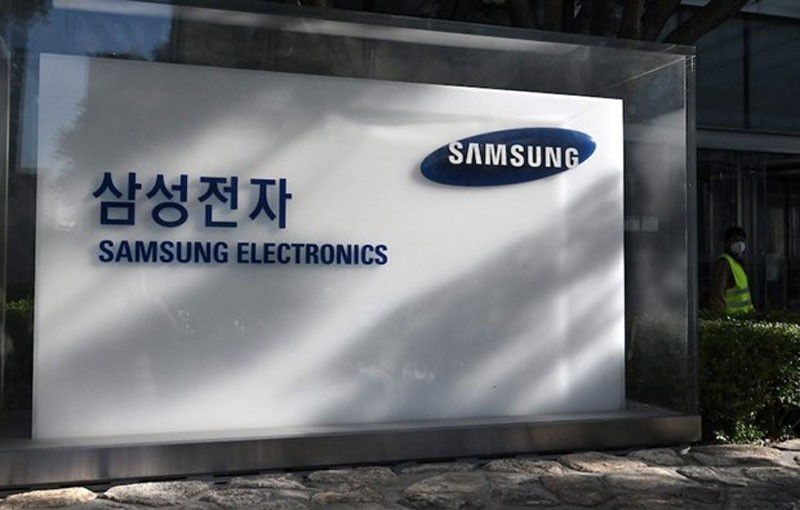
It is undeniable that the Korean dragon, with its pillars being powerful chaebols such as Samsung Electronics and LG, creates breakthrough products and technologies, maintains its leading position in the industry, strengthens its export competitiveness and drives the country's economic growth.
With advanced technology, abundant financial resources, family ownership, and strong government backing and support, Korean chaebols have been expanding strongly globally, overwhelming and surpassing many formidable technology competitors, even shaking the position of leading American technology names. In particular, Korean chaebols have turned many less developed countries into their economic "backyards"...
So how did South Korea achieve such great success and become so formidable?
Realizing the Korean Dream
This is the most essential and crucial “piece” because without this piece, no miracle will appear. Korea is very lucky to have great leaders with far-sighted vision and dedication to the development of the country, typically President Park Chung Hee who has led the country since 1961.
With a very clear vision that science and technology are not only purely tools and means for economic development but also the center of progress and modernization of Korean culture and society, he gave many priorities to the development of science and technology with an extraordinary courage and iron determination to realize the vision of developing a prosperous country on the foundation of science and technology.
He especially emphasized the importance of industrialization, focusing on economic development strategies with the chaebols as the pillars. Therefore, instead of imprisoning chaebol leaders for monopolizing the country's economy, he negotiated with them, willing to pardon them so that they could join him in realizing the "Korean Dream".
The chaebols are strategic cards, the extended arms to realize the vision of developing a prosperous country on the foundation of science and technology. Therefore, he implemented policies of competition protection, financial support, technology-friendly industrial development policies, etc. to create momentum and motivation for the chaebols to continuously improve their technological capacity and increase production efficiency to compete in the international market.
Along with that, during nearly 20 years in power, he established a number of new key research institutes operating with special mechanisms to help him realize his vision of developing a prosperous country on the basis of science and technology, typically the Korean Institute of Science and Technology established in 1966, the Korean Advanced Institute of Science and Technology established in 1971...
The Korean Institute of Science and Technology is his "favorite child" to focus on two basic functions: researching production technologies that businesses need and building a new educational method that focuses on applying theory to practical goals, serving the industrialization and development of the country...
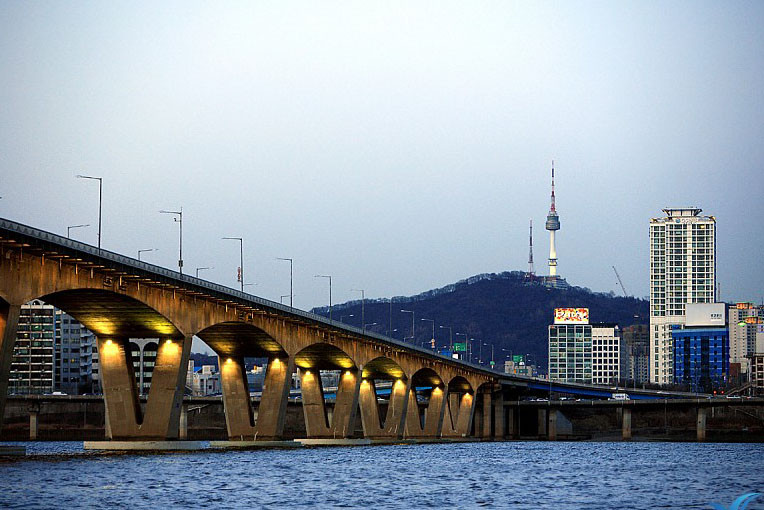
South Korea has "dragonized" to become a developed economy.
He directly selects the Director, ensuring adequate and stable financial resources without any constraints on administrative control or any interference in operations, research...
This is also the first place to implement a breakthrough policy in recruiting overseas Korean talents, experts and scientists, with very attractive remuneration, high positions, excellent working environment and conditions so that they can fully develop their talents and strengths, and devote themselves to improving Korea's science and technology capacity.
He launched and implemented a series of nationwide movements and campaigns to change social awareness of science and technology, and to build a culture of respect and love for science and technology. Ministries and sectors have implemented programs to promote scientific and technical vocational training, and even prisoners about to complete their sentences have received technical training in social reintegration programs.
In particular, he overcame national hatred and was willing to face the anger and backlash of the people to normalize relations with Japan in 1965, inviting investment and technology transfer from Japan. As someone who served in the Japanese army, he fully understood the great level and strength of the Japanese in science and technology; as a leader of the country, he fully understood how much Korea needed Japanese technology and investment to develop.
As a result, after nearly 20 years of leading the country, he has brought the country out of poverty and created a solid foundation for the country to develop prosperously on the foundation of science and technology.
Consistency through generations of leadership
In the late 1990s, South Korea faced a difficult challenge, and science and technology seemed to have lost its power in the face of the 1997-1998 Asian financial crisis. Science and technology, which was considered the driving force for development, was the first to be cut, making the belief that industries and economies would automatically develop if science and technology developed unreliable. The sudden and large-scale cuts led to a “crisis in natural sciences and technology”.
President Kim Dae-jung took office in 1998 with a deep belief that information technology would create new industries and identified promoting the information technology industry as one of the two main driving forces for the future. Therefore, there was a strong “push” to create momentum for the Korean information technology industry to develop rapidly.
It is true that in danger there is opportunity. Only a short time later, the information technology industry had a strong development, helping to revive the Korean economy. The decline of the won made it easier for Korean technology enterprises to increase their export scale, right at the time when the electronic technology revolution exploded globally.
In today's fierce "winner-take-all" competition, gaining technological leadership is more important than ever. President Yoon Suk Yeol has made big decisions and spent lavishly with a $131 billion investment plan to be implemented from 2023, focusing on three core technologies: semiconductors, displays and next-generation batteries, aiming to bring Korea into the top 5 countries in the world in science and technology by 2030.
Next: The 'national business' spirit of chaebol leaders
Pham Manh Hung



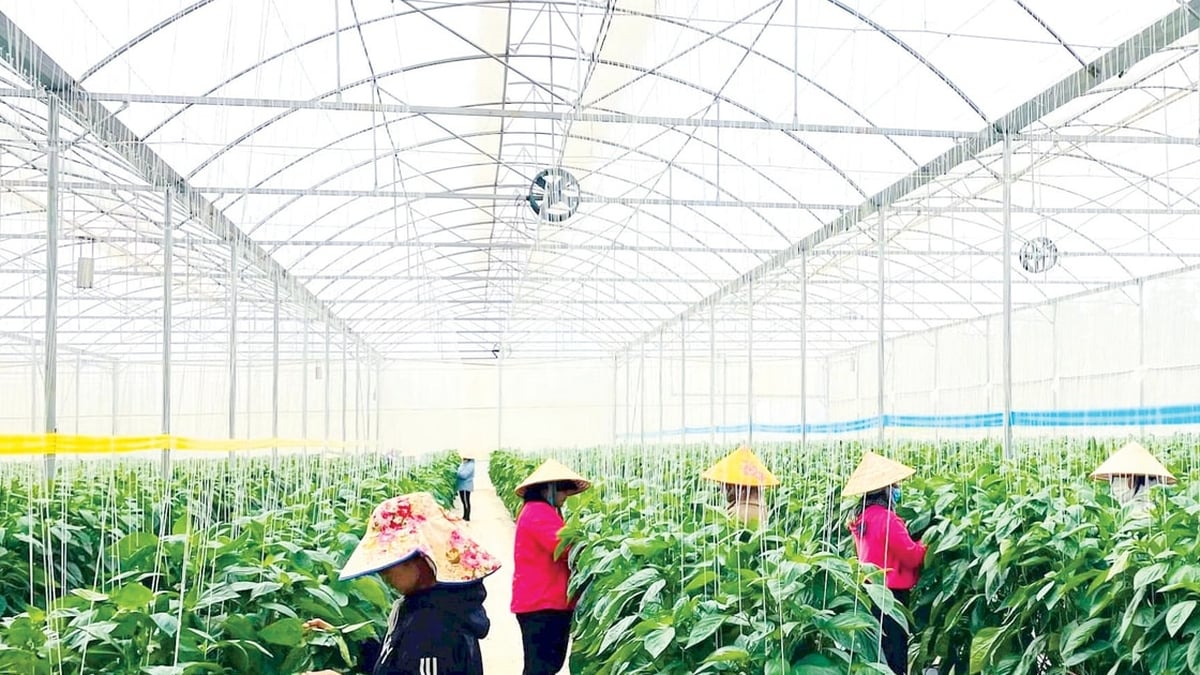
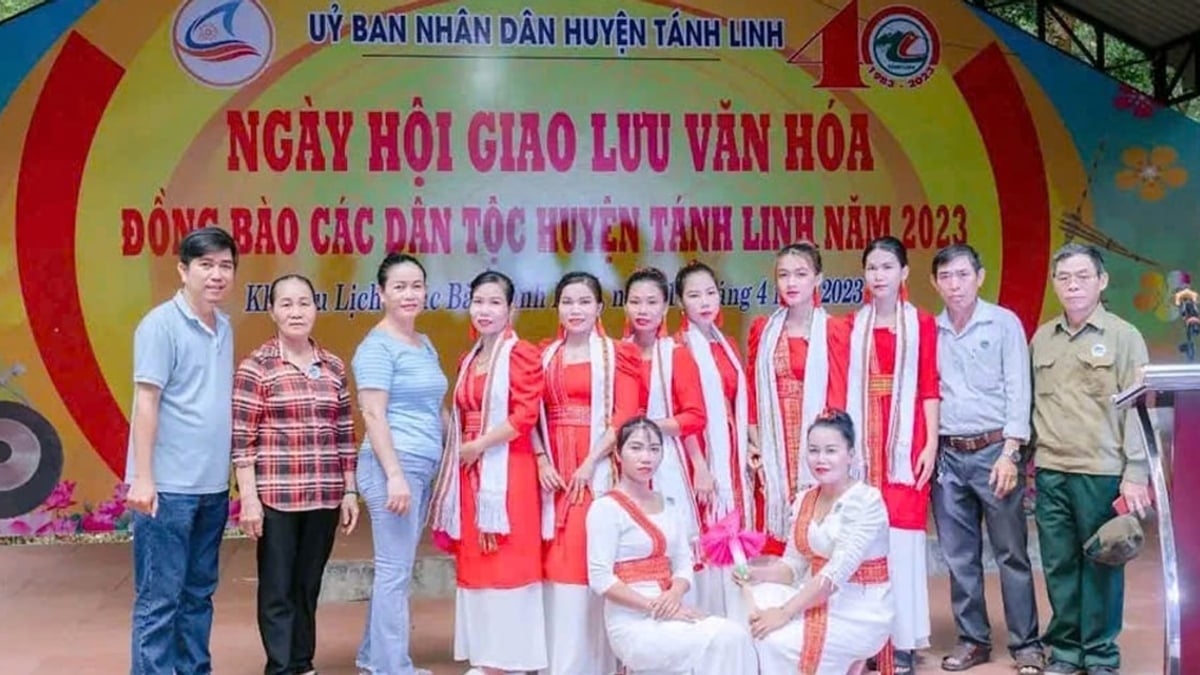
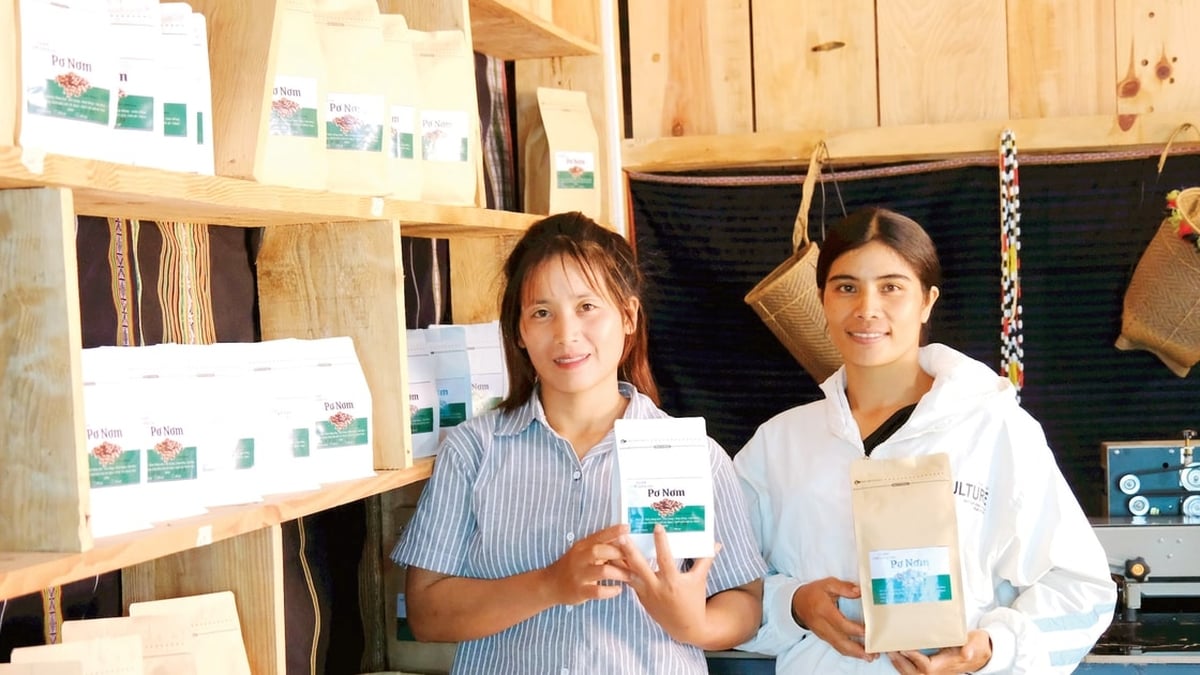
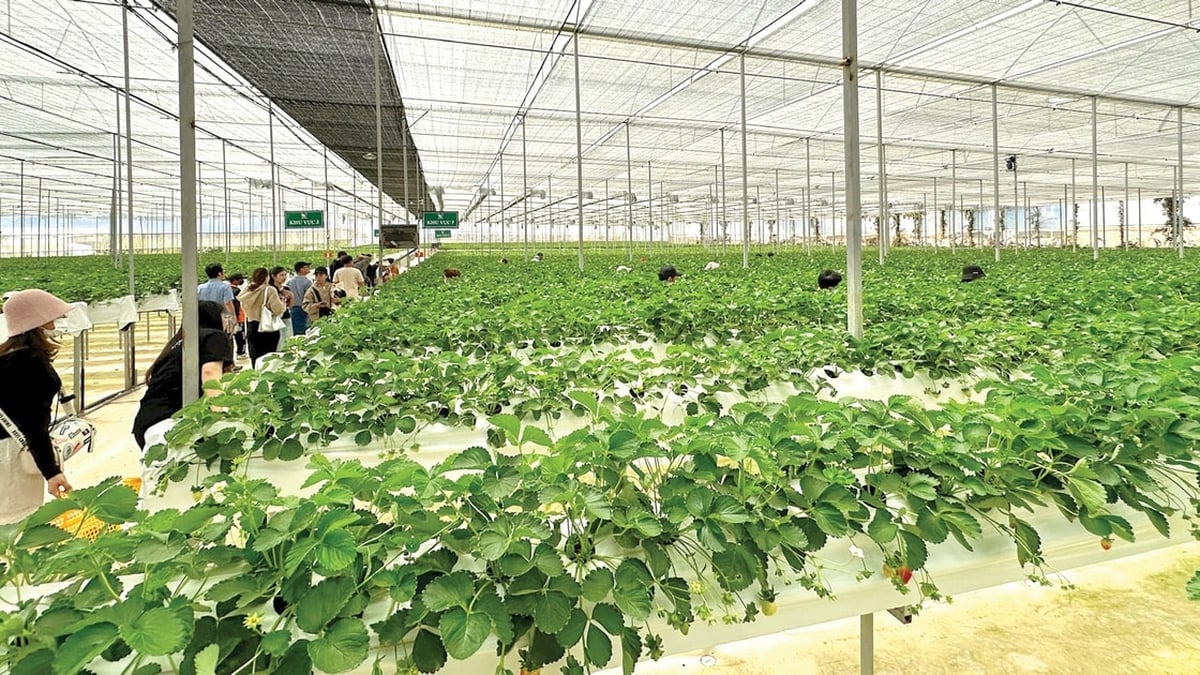

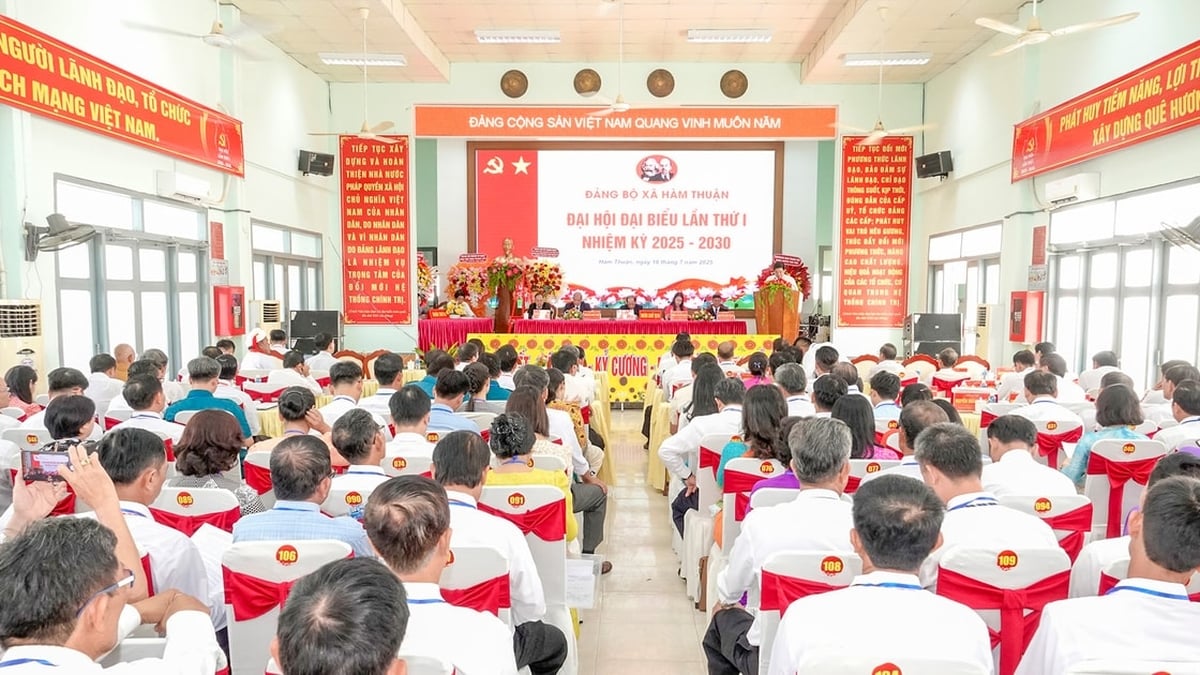

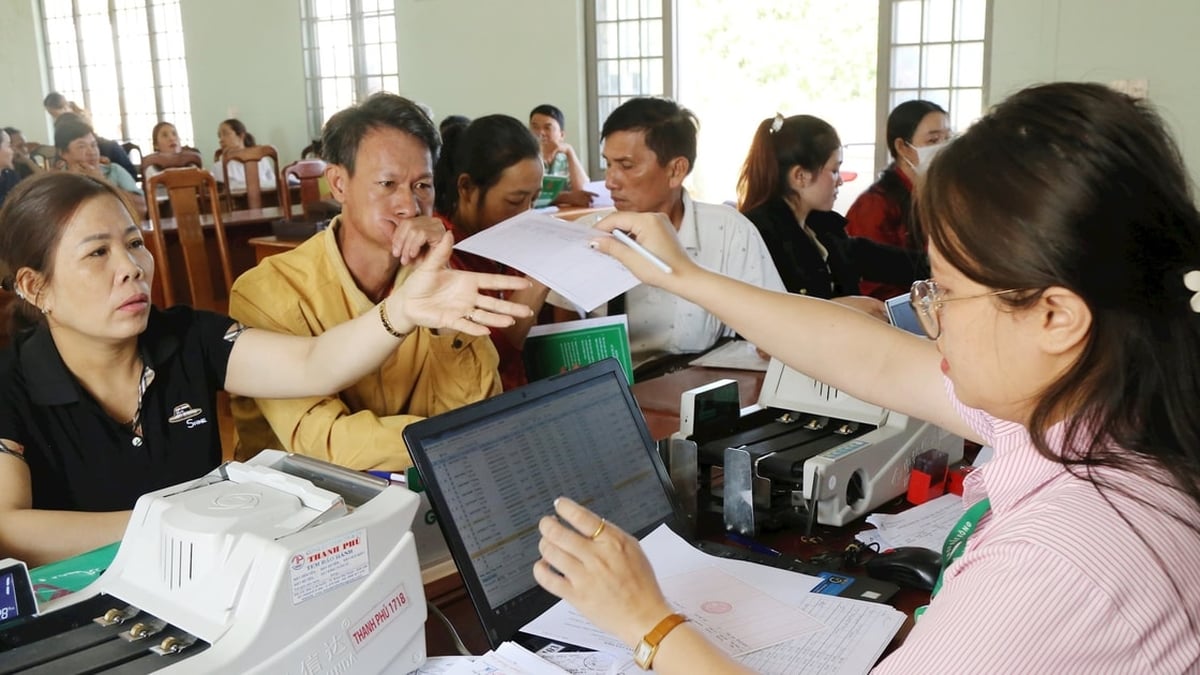














































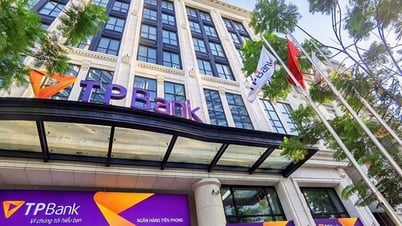

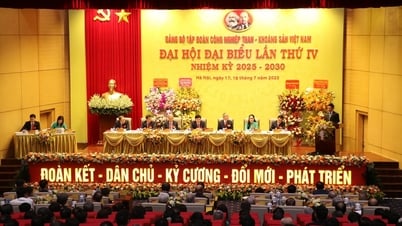
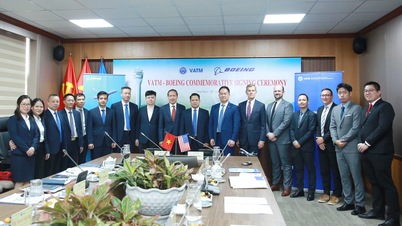




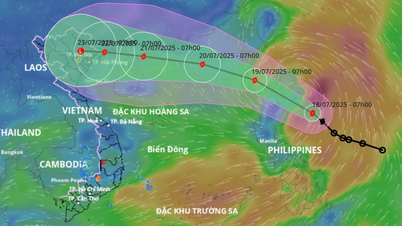



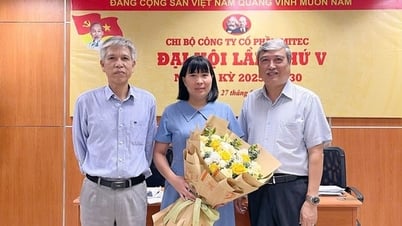


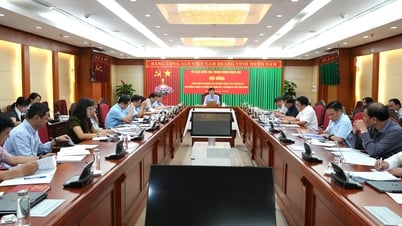



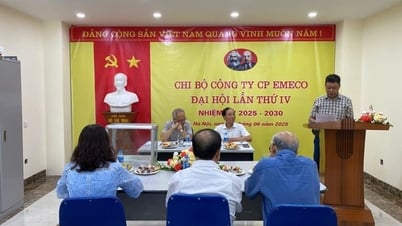
















![[Infographic] In 2025, 47 products will achieve national OCOP](https://vphoto.vietnam.vn/thumb/402x226/vietnam/resource/IMAGE/2025/7/16/5d672398b0744db3ab920e05db8e5b7d)





Comment (0)